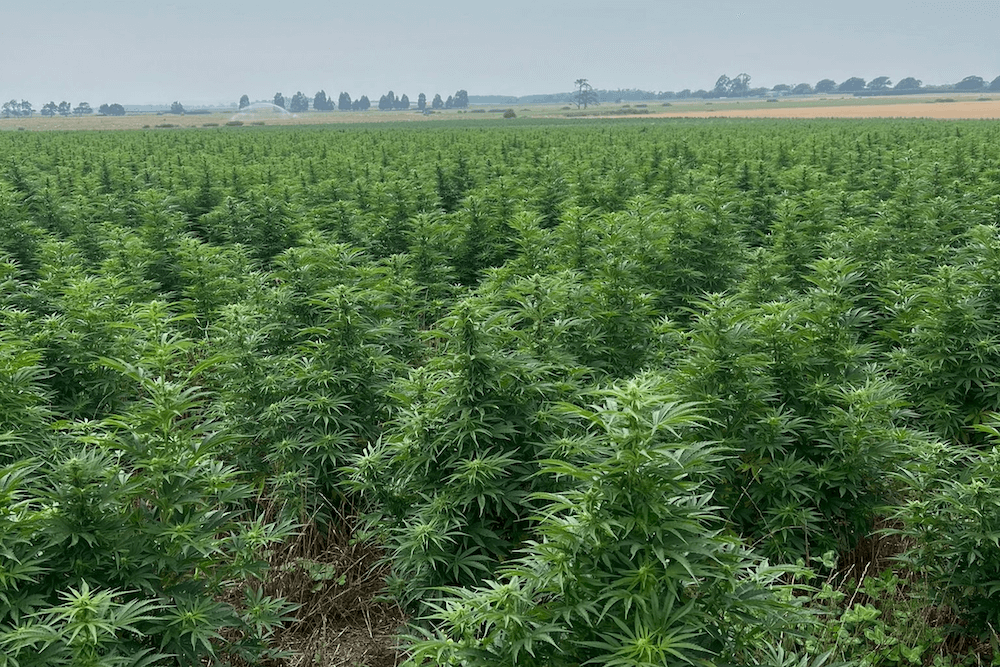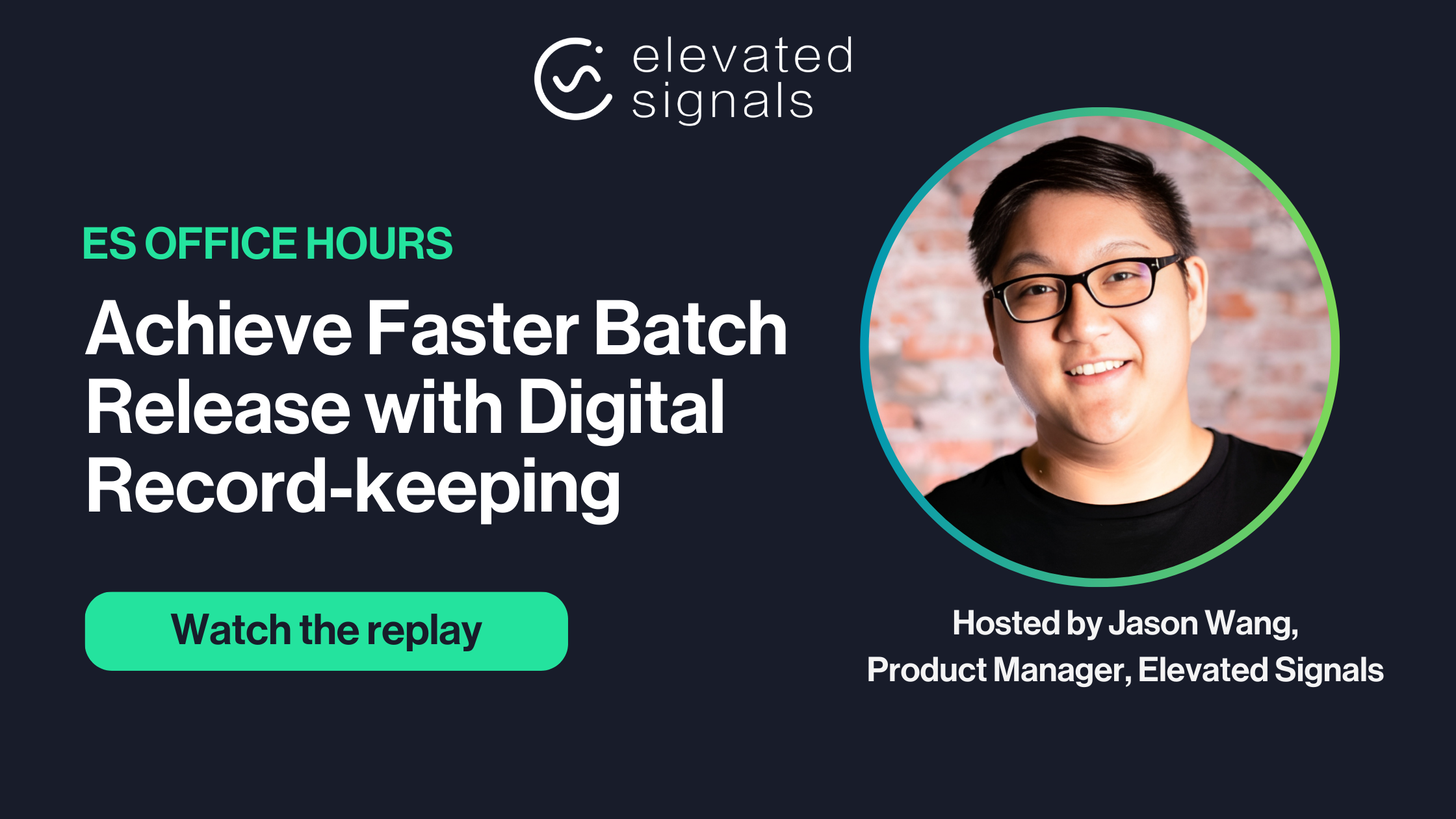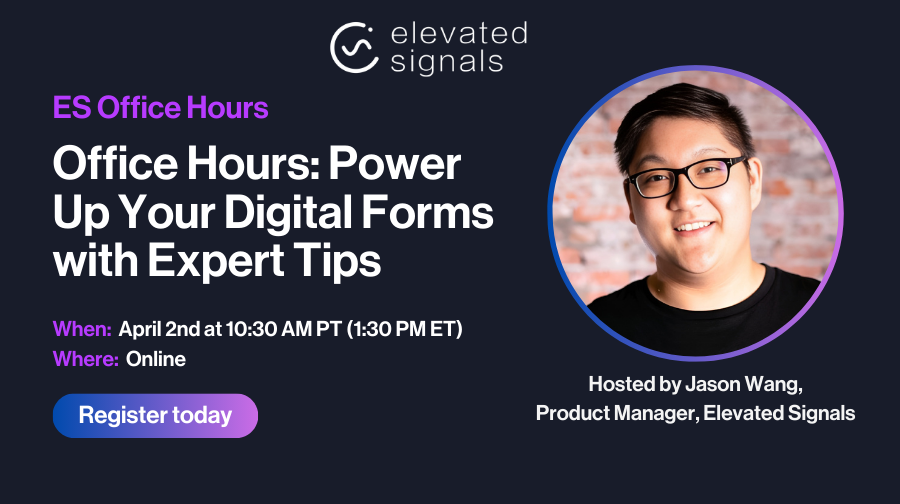{{quote-1}}
About Lotus Cannabis Co.
🌿 Profile
- Location: British Columbia
- Facility Size: 22,500 square feet
- Licensed Date: 2019
- License Type: Sale, Cultivation & Processing
Lotus Cannabis Co. is a fully licensed, publicly listed Canadian cannabis producer based in the North Okanagan region of British Columbia. Lotus prides itself on quality and innovation and pairs the latest techniques and technologies in growing with the knowledge from its seasoned team, who have deep roots in medical cannabis as legacy growers under the ACMPR regime.
Largely focused on producing wholesale flower, Lotus cultivates exclusive and premium-craft cultivars in Canada. Its first two strains grown at scale were Kalifornia and Tranquil Elephantizer which have been sold in nine provinces to date by wholesale partners. Lotus also has a genetic collection of over 200 strains with even more impressive ones currently in development.
The Situation
Issues with CTS reporting & other frustrations led Lotus to look for a new seed-to-sale software
To manage compliance and inventory, the team at Lotus was using a seed-to-sale cannabis software platform that had been developed for the medical market, over time the team grew increasingly frustrated with the software for a number of reasons.
Lotus’ Lead Grower, Lucas Wiebe, explains: “The main issue with our previous cannabis software was the time it took to complete our CTS report. The way reports were structured in the system made it hard to read and compile data. There was also a lack of CTS support.”
“On top of the difficulties with collating inventory data for CTS reporting, there were loads of issues, inconsistencies and bugs in the software that impacted our ability to track what we wanted day-to-day. We needed a new system if we wanted to be efficient.”
The team looked at tools like Enterprise Resource Planning software (ERPs), but these didn’t meet their needs. “We looked at a bunch of different systems, including ERPs, but the initial start-up costs were very high, implementation was long and the platforms were extremely complex. We essentially wouldn’t have seen any value for a long time, if at all, if we’d taken that route,” said Lucas.
What is CTS / CTLS reporting?
CTLS or CTS (which stands for Cannabis Tracking System) is a report that Canadian cannabis cultivators and manufacturers must submit to Health Canada by the 15th of each month, reconciling all inventory from the previous month. Producers have to submit the CTS report in a giant spreadsheet format, which can be extremely complex to compile if you haven’t got your processes dialled. Without support from inventory tracking software, it can take producers days or even weeks to complete CTS.
Struggling with CTS reporting? Check out our blog posts: Four ways to speed up your monthly CTLS report and CTS done differently (so you actually have a weekend).
The Solution
Elevated Signals helped transform the CTS process & make the cannabis facility paperless
After seeing a demo of Elevated Signals' cannabis manufacturing software, the Lotus team agreed it was the perfect system to help with inventory tracking and reporting. It would also provide them with a host of other features that their previous software didn’t offer, such as quality record-keeping.
“As soon as we started using Elevated Signals, we realized its value. Not only was our first CTS report a breeze, the software’s form builder meant we could digitize our quality records, removing the need for pen & paper in the facility.”
“Other features we love are digital signatures for destruction records which saves time on printing and scanning and being able to backdate and to access everything from a single webpage so we can complete our forms from anywhere. Our previous software provider required us to use scan guns which meant we constantly went back and forth around the facility to carry out certain tasks, and the team couldn’t work remotely.”
“We also like the fact that the platform is constantly evolving. New software versions are regularly released, and it’s great to see any feature requests we make get implemented quickly.”
Since rolling out Elevated Signals, the Lotus team has had one Health Canada inspection, which went very smoothly:
“Thanks to the digital batch records from Elevated Signals, we cruised through our audit. Previously our records were all on paper and stored in binders, so naturally, inspections took a couple of days. This time, it was quick and painless, the Health Canada team loved how easy it was to show the information and we passed with flying colours!”
When asked about the implementation and onboarding process, Lucas said it was straightforward and plain sailing: “Our customer success manager at Elevated was great. It was an easy transition from our old system, training was smooth, and we were fully up and running on Elevated Signals within a month.”

The Success
How implementing Elevated Signals helped Lotus
🌿 Easy CTS reports: CTS reporting was complex and time-consuming to compile with Lotus’ old system. Since switching to Elevated Signals, CTS reporting has been significantly faster and more efficient.
🌿 Paperless recordkeeping: With its previous system, all quality forms had to be filed on paper and stored in batch binders. With Elevated Signals, all records are digital and stored within the software, making it easy to complete and access from anywhere.
🌿 Health Canada inspection success: Lotus passed its latest Health Canada inspection with flying colours. With paper-based records, it took auditors a couple of days to access the information they required. Thanks to digital transformation enabled by Elevated Signals, accessing reports and data was fast and painless.
🌿 Great onboarding & customer support: The transition off of its previous system and onto Elevated Signals was quick and easy, and the Lotus team was trained and onboarded in a matter of weeks. Customer support has also been a significant improvement from the old software.
“We’re really happy with Elevated Signals and would definitely recommend it to other LPs; CTS is easy, customer support is next-level and Health Canada loved the digital batch records in our last inspection.”

See how Elevated Signals could help at your facility:
Book a Demo
As soon as we started using Elevated Signals, we realized its value. Not only was our first CTS report a breeze, the software’s form builder meant we could digitize our quality records, removing the need for pen & paper in the facility.





%20(1).png)
.png)
%202.png)

.png)


